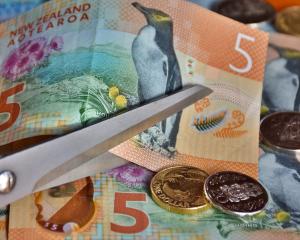
Rabobank’s latest agribusiness monthly said the temporary suspension of China export accreditation for six Australian red meat processing facilities had now been lifted. The facilities, which accounted for about 30% of Australia’s beef exports to China, could now resume exporting. The suspension had been in place since July.
Cattle prices lifted over October, underpinned by strong consumer demand in key export markets. At the start of November, the North Island bull price was 3% higher month on month, averaging $5.55a kg cwt, and 9% higher year on year, while the South Island bull price was up 2% month on month, averaging $5.15kg cwt, and 7% higher year on year.
The US imported beef market continued to defy earlier expectations it could weaken and was holding firm.
Prices were also supported by the seasonal lull in supply from New Zealand and Australia, where increased rainfall over the last month had reduced the pressure to slaughter cattle.
Chinese demand for prime beef was also solid, although New Zealand faced stiff competition in that market from the increasing volumes of beef being exported out of South America.
Rabobank expected schedule prices could ease marginally towards the end of November as more cattle became available for slaughter and New Zealand’s beef production levels lifted.
As chilled premiums for the Christmas lamb trade would drop off over the next month and the supply of lambs would lift as more new-season lambs came online, the bank expected schedule prices to start coming off their current levels over the next month.
How far prices came back would be heavily influenced by the number of new-season lambs available for slaughter before Christmas.
The seasonal lull in lamb supply during October ensured prices continued to hold above $7kg throughout the month.
As of early November, the slaughter price in the North Island averaged $7.25kg cwt (1% higher month on month), while South Island lamb averaged $7.15kg cwt (also 1% higher).
Prices were sitting significantly higher year on year with the average slaughter price for North and South Island lambs up 24% and 28% respectively year on year.
Recent demand from China had been very strong, as the Chinese prepared to enter the winter months when sheepmeat consumption traditionally increased.
The US lamb market also continued to perform strongly despite increased supply from both New Zealand and Australia. New Zealand’s third-quarter exports to the US were up 19% by volume and 32% by value compared with the same period in 2016.












